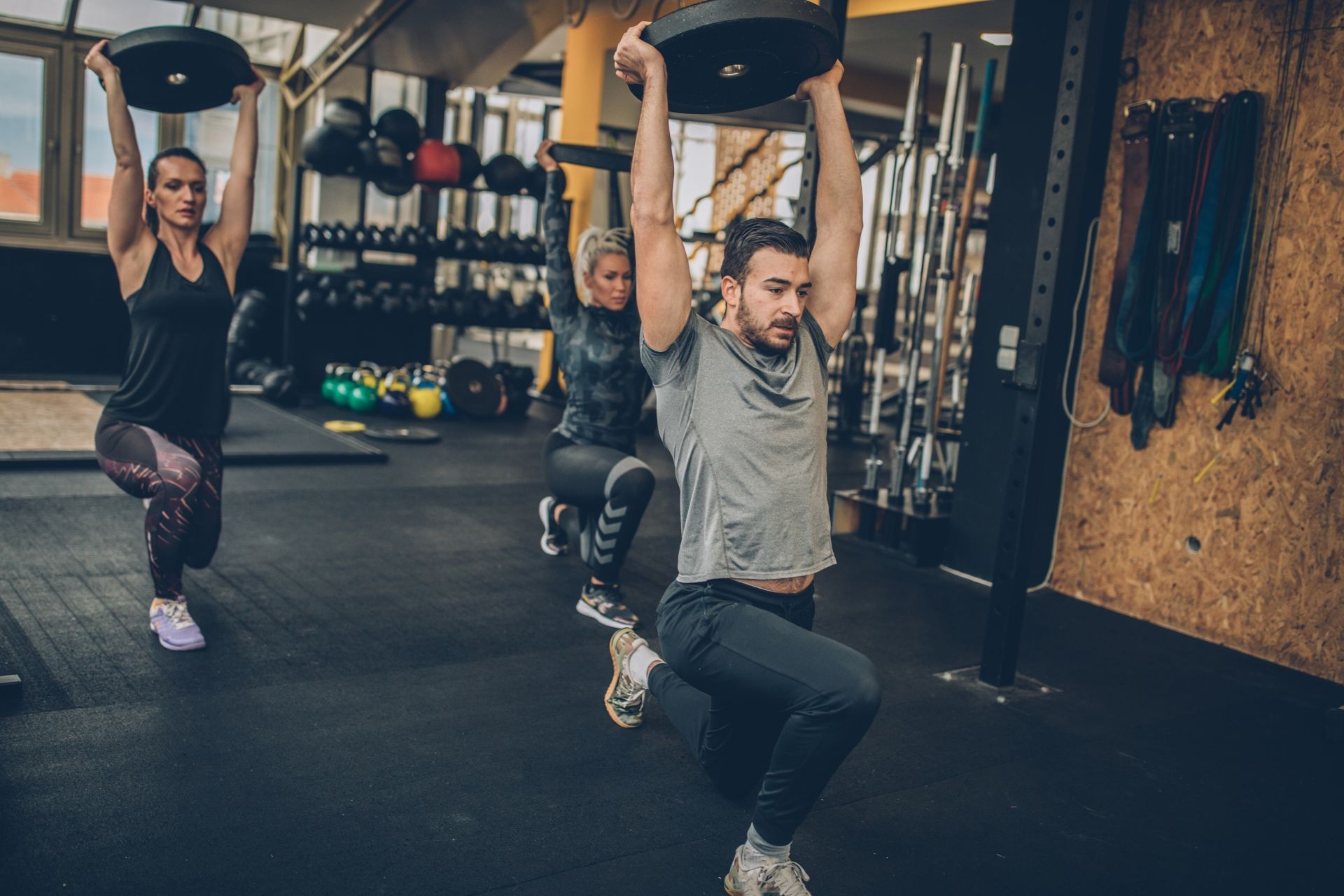Rest-Pause Sets
How can rest-pause sets be incorporated into a strength training routine?
Rest-pause sets can be incorporated into a strength training routine by performing a set of an exercise to near failure, taking a short rest period of around 10-20 seconds, and then continuing with additional mini-sets until reaching the desired total number of repetitions. This technique allows for more volume to be completed with heavier weights, leading to increased muscle recruitment and strength gains over time.



